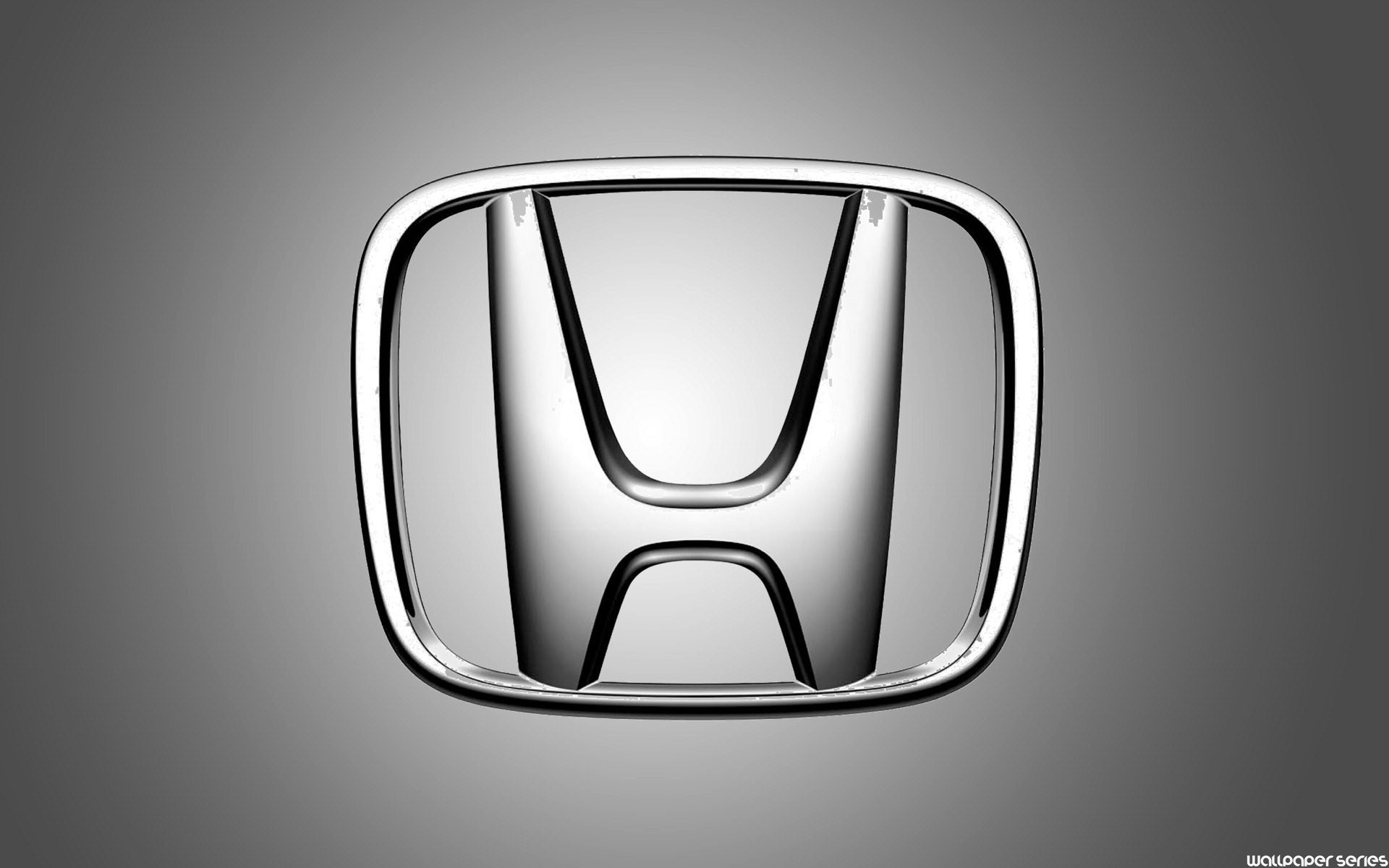garacer wrote: ↑24 Mar 2024, 21:15
Tommy Cookers wrote: ↑20 Oct 2022, 15:17
Rodak wrote: ↑20 Oct 2022, 02:40
... the c.g. is essentially defined by the FIA by front/rear weight distribution.
.. The closer the front/rear mass c.g. is to the car's c.g. .... the more responsive the car will be to turning forces.
turning forces ?
to turn from a road going north to a road going east the car does 2 jobs ....
1. change where it's going from north to east - this is a big job
2. change where it's pointing from north to east - this a small job
PMI is only involved in job 2
(low-PMI (in yaw) is also low-PMI in pitch - such road cars have inferior ride
as cars did pre-WW2 - until independent front suspension came along so enabling increased PMI)
if the car 'loses grip' it eg can do job 2 without doing job 1
it will rotate about the point of minimum rotational inertia - this won't be the cg
rear-engined cars have less inertia about this point than do comparable mid-engined cars
Hi, could you explain more about the point of minimum inertia being different than the center of mass. I thought these were the same. Thanks
well spotted !
yes I was wrong
what I had in mind was that ....
the mid-engined super car has got the lowest PMI about its mid-wheelbase (but not the lowest PMI about its CG) ....
the rear-engined sports car has got the lowest PMI about its CG (but not the lowest PMI about its mid-wheelbase)
so the rear-engined car yaws (or departs in yaw really) quicker than the mid-engined car
in the early 80s 'Motor' magazine did some turntable tests explaining and demonstrating this
and that ...
unfortunately online descriptions of PMI usually present mass symmetry (as minimising PFI) .....
and ignore the fact that yaw etc comes from 4 tyre forces (whose effects are strongly dependent on wheelbase etc)

